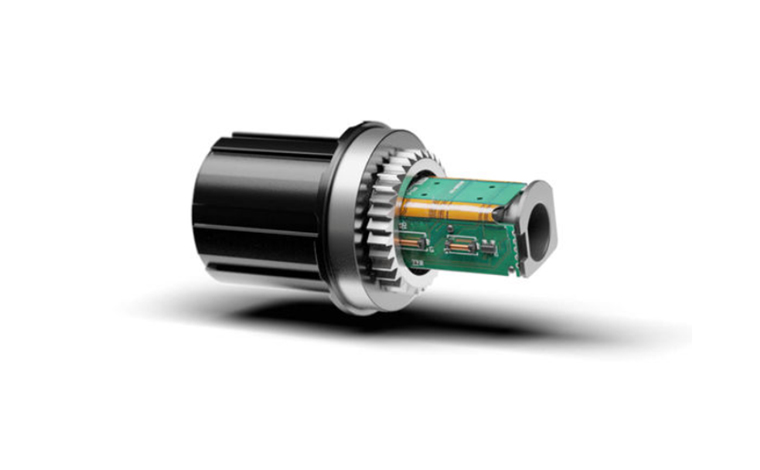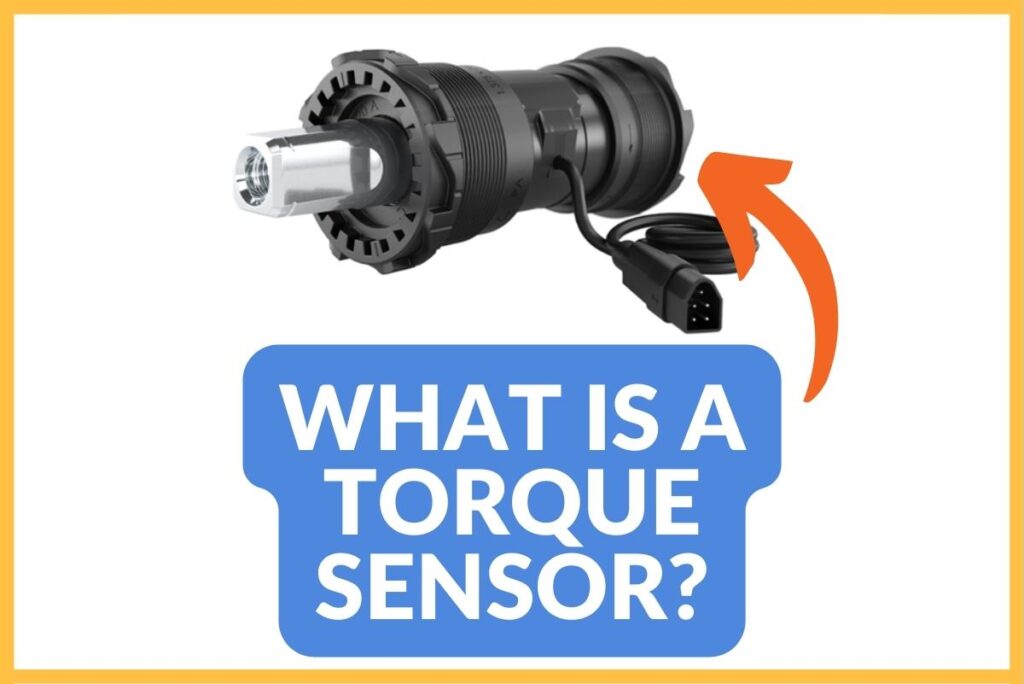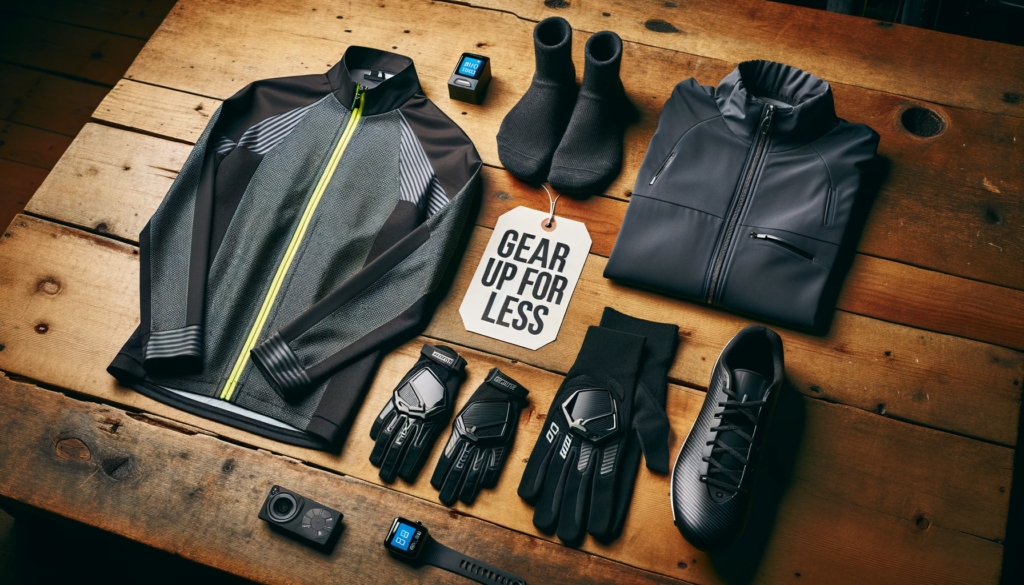A torque sensor on an e-bike is a device that measures and detects the amount of force or rotational power applied to the pedals and translates it into an electric assist level for the motor. This technology enhances the riding experience by providing more natural and responsive assistance based on the rider’s effort.
As the popularity of electric bikes continues to grow, torque sensors have become an essential component in their design. By accurately sensing the power exerted by the rider, these sensors allow for a seamless integration of electric assistance, resulting in a smooth and efficient ride.
We will delve deeper into the workings of torque sensors on e-bikes, their advantages, and their impact on enhancing the overall performance and usability of electric bicycles.

Credit: www.juicedbikes.com
Understanding Torque Sensors
Ebikes have become increasingly popular for their eco-friendly and efficient transportation solutions. One vital component that contributes to their impressive performance is the torque sensor. Torque sensors play a crucial role in how an ebike functions, providing a seamless and enjoyable riding experience. In this article, we will explore the ins and outs of torque sensors, their functionality, and their importance on ebikes.
What Is A Torque Sensor?
A torque sensor, as the name suggests, measures the torque or rotational force applied to the pedals of an ebike. It is a sensor that detects the amount of force the rider puts into the pedals and relays this information to the ebike’s motor controller. This allows the motor controller to adjust the power output accordingly, matching the rider’s pedaling effort.
How Does A Torque Sensor Work?
A torque sensor typically consists of strain gauges or pressure sensors that are integrated into the drivetrain or bottom bracket of the ebike. These sensors measure the flex or pressure applied to them when force is applied via the pedals. The more force the rider applies, the greater the flex or pressure sensed by the torque sensor. This information is then converted into an electrical signal and sent to the motor controller, which adjusts the motor’s assistance level in real-time.
Importance Of Torque Sensors On Ebikes
Torque sensors play a vital role in enhancing the riding experience on ebikes. Here are some key reasons why torque sensors are crucial:
- Intuitive assistance: With a torque sensor, the ebike’s motor provides assistance that matches the rider’s effort. This leads to a more natural and intuitive riding experience, making it easier to tackle hills or rough terrain.
- Efficient power delivery: The motor controller adjusts the power output based on the rider’s pedaling force, ensuring optimal power delivery. This maximizes battery efficiency, expanding the range of the ebike.
- Smooth acceleration: Torque sensors allow for seamless power delivery and smooth acceleration. As the rider increases pedaling force, the motor provides proportional assistance, resulting in a smooth and controlled ride.
- Responsive control: By instantly detecting changes in pedaling force, torque sensors enable rapid adjustments to the motor’s assistance level. This provides the rider with responsive and precise control over their ebike.
Overall, torque sensors are essential components of ebikes, providing an enhanced riding experience by ensuring a harmonious interaction between the rider and the motor. With their ability to accurately measure pedaling force and adjust motor assistance accordingly, torque sensors contribute to improved performance, efficiency, and control on ebikes.
Benefits Of Torque Sensors On Ebikes
An ebike, also known as an electric bike, has become a popular mode of transportation and recreation for many. While the market offers various types of ebikes, those equipped with torque sensors have proven to be superior in terms of performance, efficiency, battery management, safety, and stability. In this section, we will delve into the benefits of torque sensors on ebikes, focusing on enhanced performance and control, efficient power assistance, improved battery management, and safety and stability.
Enhanced Performance And Control
One of the key advantages of torque sensors on ebikes is the enhanced performance and control they offer. Unlike traditional cadence sensors that solely measure the rotation of the cranks, torque sensors also measure the amount of force applied to the pedals. This means that the motor of an ebike equipped with a torque sensor responds directly to the rider’s effort, providing seamless and intuitive power assistance. The result is a more natural and responsive riding experience, allowing riders to effortlessly conquer hills and challenging terrains.
Efficient Power Assistance
Torque sensors on ebikes not only enhance performance but also ensure efficient power assistance. By accurately measuring the rider’s pedal force, the torque sensor can precisely adjust the assistance provided by the motor. This means that ebikes with torque sensors can deliver just the right amount of power needed, optimizing the battery performance and extending the range of the bike. Whether you’re commuting to work or embarking on a long-distance adventure, efficient power assistance is crucial in ensuring a smooth and enjoyable ride.
Improved Battery Management
Speaking of battery performance, torque sensors on ebikes play a vital role in improving battery management. With their ability to measure the rider’s input, torque sensors help regulate the power output of the motor, preventing unnecessary energy drain. This ensures that the battery is used efficiently, allowing riders to cover longer distances without worrying about running out of power. Moreover, when the rider reduces pedaling force, the torque sensor detects this change and reduces the assist level accordingly, further conserving battery life.
Safety And Stability
Safety and stability are paramount when riding an ebike, and torque sensors contribute significantly to both. By providing a seamless and proportional power assistance, torque sensors help riders maintain balance and stability, especially during starts and stops. The instant response of the motor to the rider’s force input ensures a smoother acceleration, reducing the risk of sudden surges or jerky movements. Additionally, torque sensors allow for more precise control over the bike, making it easier to navigate challenging terrains and tight corners with confidence.
Choosing The Right Torque Sensor For Your Ebike
When it comes to electric bikes, torque sensors play a crucial role in determining the overall performance and riding experience. A torque sensor measures the force applied to the pedals and translates it into a corresponding level of assistance from the electric motor. This ensures a smooth and intuitive ride, allowing the motor to provide power in proportion to the rider’s effort. However, with various types of torque sensors available in the market, it can be challenging to choose the right one for your ebike. In this article, we will explore the different types of torque sensors and provide key considerations to help you select the perfect torque sensor for your needs. So, let’s dive in!”
Types Of Torque Sensors
There are three main types of torque sensors commonly used in ebikes:
1. Bottom bracket torque sensors:
This type of torque sensor is located in the bottom bracket area, where the cranks and pedals attach to the frame of the bike. Bottom bracket torque sensors are highly accurate and offer a seamless riding experience. They measure the torque applied by the rider’s legs and provide precise assistance accordingly. Due to their sophisticated design, these sensors are often found in higher-end electric bikes.
2. Wheel-speed torque sensors:
Wheel-speed torque sensors, also known as cadence sensors, use a combination of wheel speed and pedal rotation to determine the level of assistance required. They are simpler in design compared to bottom bracket torque sensors and are commonly found in entry-level and mid-range ebikes. While they provide basic assistance, they may not offer the same level of responsiveness and precision as bottom bracket torque sensors.
3. Chainstay torque sensors:
Chainstay torque sensors are mounted on the chainstay of the bike frame, in close proximity to the rear wheel. They measure the force applied to the pedals by analyzing the flex or strain in the chainstay. Chainstay torque sensors are relatively new and offer a good balance between accuracy, affordability, and ease of installation. They are commonly used in mid-range ebikes.
Considerations For Selecting A Torque Sensor
When selecting a torque sensor for your ebike, there are several factors to consider:
- Sensitivity and accuracy:
The sensitivity of the torque sensor determines how well it can detect subtle changes in pedal force. Look for a sensor that offers high sensitivity and accuracy to ensure a smooth and natural riding experience.
- Response time:
The response time of the torque sensor affects how quickly the electric motor adapts to changes in pedal force. A fast response time ensures immediate assistance when needed, while a slower response time can result in a lag between pedal input and motor assistance.
- Compatibility:
Check the compatibility of the torque sensor with your ebike’s motor system. Different manufacturers may have their own proprietary systems, so it’s essential to choose a torque sensor that is compatible with your specific setup.
- Installation requirements:
Consider the installation requirements of the torque sensor. Some sensors may require certain modifications to the frame, while others can be easily integrated into existing bike components. Choose a sensor that suits your technical capabilities and preferences.
- Budget:
Lastly, consider your budget when selecting a torque sensor. Higher-end sensors, such as bottom bracket torque sensors, tend to be more expensive, while wheel-speed and chainstay torque sensors are often more budget-friendly options without compromising too much on performance.
By considering these factors, you can make an informed decision and choose the right torque sensor that will enhance your riding experience and meet your specific needs. Remember, every rider is different, so what works best for someone else may not necessarily work for you. Take your time, do your research, and weigh the pros and cons before making a final decision. Happy riding!

Credit: www.methodesensor.com
Frequently Asked Questions Of What Is A Torque Sensor On An Ebike
Is Torque Sensor Worth It On A Ebike?
Yes, a torque sensor is worth having on an ebike. It provides a more natural and responsive riding experience, allowing for better control and efficiency. The torque sensor detects the amount of force applied to the pedals, delivering proportional power assistance.
Overall, it enhances the performance and enjoyment of riding an ebike.
What Are The Benefits Of A Torque Sensor?
A torque sensor offers several benefits, including accurate measurement of torque, improved control in various applications, enhanced safety, increased efficiency, and reduced maintenance costs.
What Is A Torque Sensor?
A torque sensor is a device that measures the twisting force exerted on an object. It provides accurate and real-time data about torque levels, allowing for precise control and monitoring in various applications.
What Is The Difference Between A Speed Sensor And A Torque Sensor?
A speed sensor measures how fast an object is moving, while a torque sensor measures the twisting force applied to an object. Speed sensors track velocity, while torque sensors monitor rotational force.
What Is A Torque Sensor On An Ebike?
A torque sensor on an ebike is a device that measures the force applied to the pedals and assists the rider accordingly.
Conclusion
To sum up, the torque sensor on an ebike is an essential component that enhances the riding experience by providing a seamless and natural power assist. Its ability to measure the force applied by the rider enables the motor to deliver the right amount of assistance, resulting in improved efficiency and control.
With the torque sensor, riders can enjoy a more intuitive and responsive ride, making it a worthwhile feature for any ebike enthusiast.




